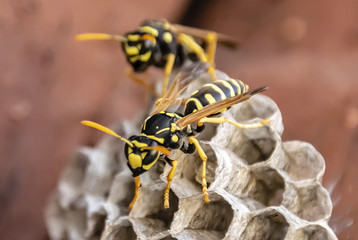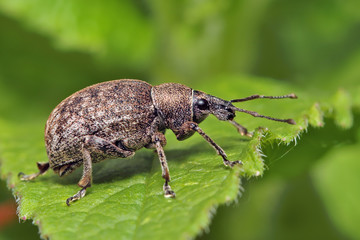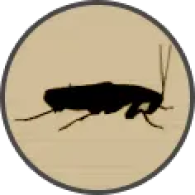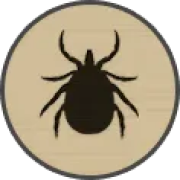Subscribe to Our Newsletter
Stay informed about the latest pest control techniques, seasonal pest prevention tips, and exclusive offers from RECON Pest Services. Our expert-curated newsletter delivers practical advice straight to your inbox to help keep your home pest-free all year round.
Featured Articles
Discover our most popular pest control guides and expert insights. From effective DIY prevention methods to understanding when to call professionals, our featured articles help homeowners make informed decisions about pest management. Learn about eco-friendly pest control solutions, seasonal pest patterns, and cutting-edge treatment technologies.
Wasps in Nebraska – 5 Dangerous Pests to Avoid
Wasps can be a real nuisance for homeowners in Nebraska, and with several species buzzing around, it’s no surprise they’re a common concern. In this blog, we'll explore the different wasp species that might be found in Nebraska and offer insights on managing them effectively. If you’re dealing...
How to Treat a Mosquito Bite On Your Eyelid & Treat Mosquitoes in Nebraska
Ouch! Why is my eye so itchy? A mosquito bite on your eyelid can feel like a major annoyance, but don’t worry—you’ll be okay with the right steps. Bug bites are common year-round, and knowing how to handle bites in sensitive areas is essential. When a mosquito bites...
Delayed Wasp Sting Reactions – Lincoln & Omaha Wasp Control
Ouch, was that a wasp? Have you ever been stung by a wasp and found yourself dealing with a delayed reaction? Delayed wasp sting reactions can catch you off guard and may lead to serious health issues, as well. In this article, we’ll explore the nuances of...
5 Proven Ways to Get Rid of Weevils in My Bedroom – A Step-By-Step Guide
If you’ve ever dealt with a weevil infestation in your bedroom, you know how unsettling and frustrating it can be. These tiny invaders can make your personal space feel anything but comfortable. Are you looking for a solution? This guide has you covered! We’ll outline...
Cricket vs Roach: A Primer in Pest Identification
If you're fortunate enough to have avoided close encounters with roaches and crickets, you might struggle to tell the difference between these common household pests. While they can be easily confused, some distinct characteristics set them apart. Recognizing the...
What's New
Keep up with the latest developments in pest control. Our recent articles cover emerging pest threats in your area, innovative treatment methods, and timely seasonal advice. Read about new organic pest control options, smart pest monitoring systems, and updated industry regulations that affect your pest management choices.
Wasps in Nebraska – 5 Dangerous Pests to Avoid
Wasps can be a real nuisance for homeowners in Nebraska, and with several species buzzing around, it’s no...
How to Treat a Mosquito Bite On Your Eyelid & Treat Mosquitoes in Nebraska
Ouch! Why is my eye so itchy? A mosquito bite on your eyelid can feel like a major annoyance, but don’t...
Delayed Wasp Sting Reactions – Lincoln & Omaha Wasp Control
Ouch, was that a wasp? Have you ever been stung by a wasp and found yourself dealing with a delayed...
5 Proven Ways to Get Rid of Weevils in My Bedroom – A Step-By-Step Guide
If you’ve ever dealt with a weevil infestation in your bedroom, you know how unsettling and frustrating it...
Cricket vs Roach: A Primer in Pest Identification
If you're fortunate enough to have avoided close encounters with roaches and crickets, you might struggle to...
The Surprising Answer: Does Vinegar Kill Spiders?
Are spiders taking over your home? You might be thinking about using vinegar as a natural spider control...
Explore More Topics
Ants
Bees
Beetles
Boxelder Bugs
Centipedes
Clover Mites
Crickets
Earwigs
Fleas
Hornets
Nest Removal Experts
Wasps
Safe Nest Elimination




























